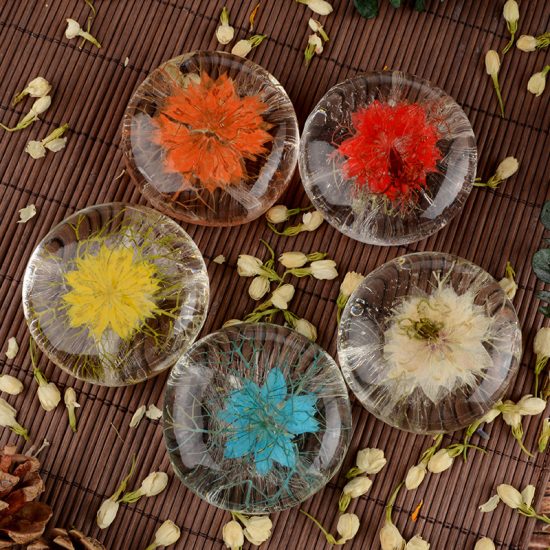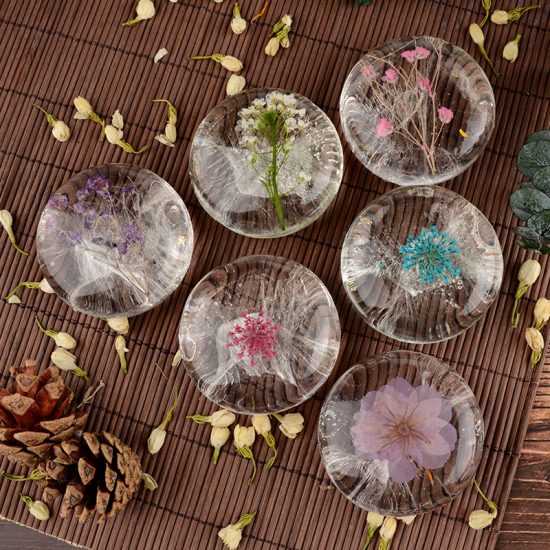There’s something uniquely satisfying about crafting your own soap. Not only do you have full control over the ingredients, scents, and textures, but you also get to enjoy the final product—a beautiful, handcrafted bar of soap that’s both gentle on your skin and eco-friendly. In this article, we’ll explore the world of DIY bar soap and share some natural and nourishing recipes to get you started on your soap-making journey.
Why Make Your Own Bar Soap?
Before we dive into the recipes, let’s explore why making your own bar soap is worth the effort:
1. Control Over Ingredients: Commercial soaps often contain chemicals and additives that can be harsh on the skin. By making your own soap, you have control over the ingredients, allowing you to create a gentle, natural product.
2. Eco-Friendly: DIY bar soap usually involves minimal packaging and reduces the environmental impact associated with soap production and transportation.
3. Customization: You can tailor your soap to your skin’s specific needs, whether it’s moisturizing, exfoliating, or soothing.
4. Creative Outlet: Soap-making is a creative and therapeutic hobby that allows you to experiment with colors, scents, and designs.
Basic Ingredients for DIY Bar Soap
Before we get to the recipes, let’s take a look at some essential ingredients for making bar soap:
- Lye (Sodium Hydroxide): This is a key ingredient for saponification, the chemical reaction that turns oils into soap. Handle lye with care and follow safety guidelines.
- Oils and Fats: You can use a variety of oils like olive, coconut, palm, or shea butter to create the base of your soap.
- Water: Distilled water is typically used in soap-making.
- Essential Oils: These provide fragrance and therapeutic properties. Choose oils that suit your preferences and skin type.
- Additives: Depending on your recipe, you can add herbs, spices, clays, or exfoliants like oats or poppy seeds for texture.
DIY Bar Soap Recipes
- Basic Olive Oil Soap:
- 600g Olive Oil
- 77g Lye
- 177g Distilled Water
- Essential oils (optional)
- Coconut Milk and Lavender Soap:
- 500g Coconut Oil
- 64g Lye
- 144g Coconut Milk
- 144g Distilled Water
- Lavender essential oil
- Honey and Oatmeal Exfoliating Soap:
- 450g Shea Butter
- 57g Lye
- 142g Distilled Water
- 2 tablespoons honey
- 2 tablespoons finely ground oatmeal
Steps to Make DIY Bar Soap:
- Safety First: Wear protective gear, including gloves and safety glasses, and work in a well-ventilated area when handling lye.
- Prepare Your Mold: Line your soap mold with parchment paper or use silicone molds.
- Measure Ingredients: Weigh and measure all your ingredients accurately.
- Mix Lye: Slowly add lye to water, stirring until dissolved. Allow it to cool.
- Melt Oils: Melt your chosen oils in a heat-safe container.
- Combine: Carefully mix the lye solution with the melted oils.
- Add Extras: Add essential oils, herbs, or other additives to the mixture.
- Pour and Set: Pour the soap mixture into the mold and allow it to set for about 24-48 hours.
- Cut and Cure: Once set, cut your soap into bars and let them cure for 4-6 weeks. This allows the soap to harden and become milder on the skin.
Conclusion
Creating your own bar soap is not only a rewarding hobby but also a sustainable and natural way to care for your skin. Experiment with different oils, scents, and additives to tailor your soap to your preferences and skin type. With a little practice, you’ll have a collection of beautifully crafted, nourishing bars of soap that you can use or share as thoughtful, handmade gifts. Enjoy your soap-making journey!


